Significance
Shoutian Temple in Mingjian is Taiwan’s primary religious center for worshippers of the Lord of Somber Heavens, a religious folk belief which dates back more than three centuries to the Qing Dynasty period. Over the years, great numbers of religious statues of the god have been consecrated and enshrined around Taiwan, and he is now worshipped in approximately four thousand different locations. Over a thousand groups of pilgrims return to Shoutian Temple each year for the Lord’s birthday celebration. During the three-month pilgrimage, which is a major national event, the procession of worshippers might meander for miles. The sheer number of participating worshippers, folklore performing troupes, shamans, and incense offering rituals is a sign of the vitality and reach of this folk religion. The pilgrimage has been listed as part of Taiwan’s intangible cultural heritage. It is one of only a small number of temple festivals to be granted this designation.
History
The belief in the Lord of the Somber Heavens at Mingjian’s Shoutian Temple can be traced back to the late Ming Dynasty and early Qing Dynasty. This religious practice was introduced to Taiwan by four families from the Li, Chen, Xie, and Liu clans of China’s Fujian Province who settled in Songbokeng (present day Songboling, Nantou). The families eventually moved on but the belief remained and local residents raised funds to build a small shrine. The shrine was expanded in 1745 and named Shoutian Temple. Migration from mainland China to Taiwan was active during the Qing Dynasty, and settlers carried their beliefs in the Lord of the Somber Heavens with them wherever they went. Following the Taoist tradition of making pilgrimages, individuals or groups of pilgrims from thousands of temples that enshrined the god’s spirit as well as from other temples all over Taiwan would make the pilgrimage to Shoutian Temple between the first and third lunar months. The three-month pilgrimage gradually became an annual tradition. The religious processions, ceremonial rituals, and troupe performances as well as the sheer number of participants now make it a significant feature of Taiwanese folk culture. The pilgrimage was designated a folk custom activity of Nantou County in 2012.
Special Features
1The Pilgrimage Schedule The annual three-month long pilgrimage period at Mingjian’s Shoutian Temple begins after the Lunar New Year. The number of pilgrims reaches a peak as the 3rd day of the third lunar month, the birthday of the Lord of the Somber Heavens, approaches. Festivities during this period include: 1. The offering of a gigantic peach-shaped glutinous rice-flour cake during the Lantern Festival on the 15th day of the first lunar month; 2. The birthday banquet at 11:15 p.m. on the 2nd day of the third lunar month, during which a set of altars is set up to accommodate offerings to the Jade Emperor and other deities that are invited to celebrate the Lord’s birthday; and 3. The celebration of the Lord’s birthday is on the 3rd day of the third lunar month.
The annual three-month long pilgrimage period at Mingjian’s Shoutian Temple begins after the Lunar New Year. The number of pilgrims reaches a peak as the 3rd day of the third lunar month, the birthday of the Lord of the Somber Heavens, approaches. Festivities during this period include: 1. The offering of a gigantic peach-shaped glutinous rice-flour cake during the Lantern Festival on the 15th day of the first lunar month; 2. The birthday banquet at 11:15 p.m. on the 2nd day of the third lunar month, during which a set of altars is set up to accommodate offerings to the Jade Emperor and other deities that are invited to celebrate the Lord’s birthday; and 3. The celebration of the Lord’s birthday is on the 3rd day of the third lunar month.
2The Peach-Shaped CakeEach year, Shoutian Temple prepares a large peach-shaped cake, made from traditional glutinous rice flour, during the Lantern Festival. The custom originated with the local residents, who showed their gratitude and paid their respects to the Lord of the Somber Heavens by making cakes in the shape of peaches (a symbol of longevity) in advance at home and carrying them to the temple square. As the number of worshippers grew, so did the size of the cake, which is now prepared by the temple, until it ultimately reached a record of 6,600 kg. The cake is unique for its ancient recipe. The pilgrimage reaches its climax when the cake is shared out among the crowd.
3Processions of Pilgrims
 Groups of pilgrims visiting Shoutian Temple during the pilgrimage months may come for incense-offering (huìxiāng and cānxiāng, a series of practices to symbolize greetings and exchange between different temples) or to pay their respects and combine the incense ash (yèzǔgēxiāng) from the burner at Shoutian temple with that of their home temple. The worshippers’ purpose in making their pilgrimage determines the rituals to be performed upon entering the temple. Due to the large influx of pilgrims during the weekends following the Lantern Festival, groups at this time line up at the main gate (shānmén) and register to enter Shoutian Temple in order of arrival.
Groups of pilgrims visiting Shoutian Temple during the pilgrimage months may come for incense-offering (huìxiāng and cānxiāng, a series of practices to symbolize greetings and exchange between different temples) or to pay their respects and combine the incense ash (yèzǔgēxiāng) from the burner at Shoutian temple with that of their home temple. The worshippers’ purpose in making their pilgrimage determines the rituals to be performed upon entering the temple. Due to the large influx of pilgrims during the weekends following the Lantern Festival, groups at this time line up at the main gate (shānmén) and register to enter Shoutian Temple in order of arrival.
1. Paying Respects and Combining Incense Ash (yèzǔgēxiāng): The spirit of the Lord of the Somber Heavens is worshipped at thousands of temples in Taiwan. When paying respects to Shoutian Temple, the statues of deities are passed over a large incense burner. Incense ash from the burner of Shoutian Temple is taken and combined with the incense ash of other temples that enshrine the spirit of the Lord. The process is called uniting the burners (hélú). Taoist priests perform rituals for protection from the sacred guardians and to bring their home temples more spiritual power. Mass prayers are held to send birthday blessings to the Lord and to express fealty to Shoutian Temple.
2. Incense Offering (huìxāng or cānxiāng): This is an exchange conducted between deities of different Taoist temples. The statues may be held over the incense burner to acquire additional divine power.
4The Birthday BanquetThe highlight of the pilgrimage at Shoutian Temple is the birthday banquet hosted on behalf of the Lord of the Somber Heavens. It takes place at 11:15 p.m. on the 2nd night of the third lunar month. Prior to the banquet, temple officials set up the altars. On these altars prayers for peace, prosperity and favorable weather are offered up to the deities, and praise offerings are awarded to the sacred guardians. This is also where the supreme god, the Jade Emperor, is invited to attend and celebrate the birthday of the Lord along with other deities.
Reminders
Visit the official website of Shoutian Temple to register for incense offering or group accommodations, or call (049) 258-1008 from 8:00 a.m. to 5:00 p.m. Phone service is available year round.
Panoramic
Directions